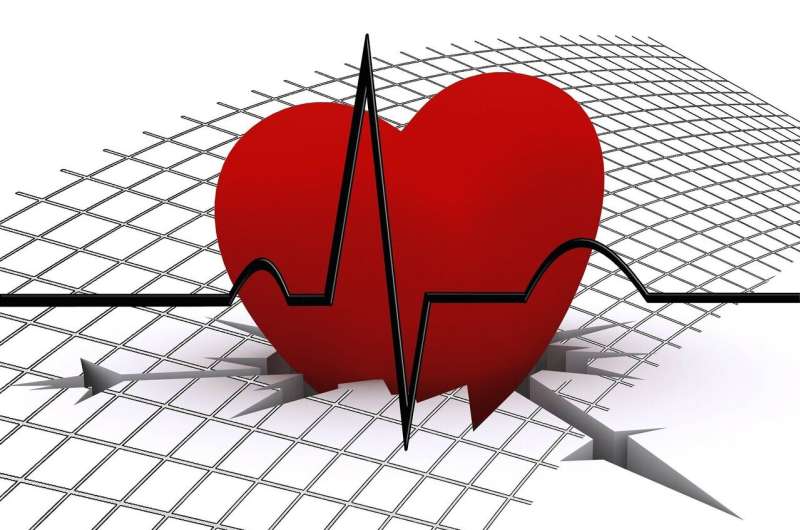This article has been reviewed according to Science X's editorial process and policies. Editors have highlighted the following attributes while ensuring the content's credibility:
fact-checked
peer-reviewed publication
trusted source
proofread
Low-income US adults left behind while rest of US experienced large declines in heart attack, stroke risk over 30 years

Over the last three decades, heart disease deaths have plummeted in the US, but a new study suggests cardiovascular benefits apply only to people in higher-income populations. For poor populations, heart attack rates stayed the same or got worse during that 30-year period.
"The decline in cardiovascular health has not been shared equally over the last three decades," said Adam Richards, George Washington University associate professor of global health and medicine. "This study shows we need to be looking long and hard about ways to improve access to health care and other social determinants of health that play a role in higher cardiovascular risks for low-income households."
Richards and his colleagues evaluated data from national surveys of nearly 27,000 people aged 40 to 75 years old who had not experienced a prior heart attack or stroke. They calculated the estimated 10-year risk of cardiovascular disease for each six-year period of the study. Without factoring in income, national level trends show improvement in cardiovascular disease from 1988 to 2018.
The study, Trends in Income Inequities in Cardiovascular Health among US Adults, 1988–2018, appears in Circulation: Cardiovascular Quality and Outcomes.
However, when the researchers explored the distribution of these changes according to household income they found much of the heart healthy benefits were not experienced equally among members of society. Although the 10-year cardiovascular risk fell from 7.7% to 5.1% for the wealthiest segment of the population and from 7.6% to 6.1% for the second-wealthiest group, cardiovascular risk for people with the lowest incomes remained stagnant at over 8%.
This study was not designed to look for the underlying reasons behind the inequities, but other research demonstrates that improvements in treatments and improved risk factor control each explain approximately half the decline in cardiovascular mortality over this period, and that it is likely the case that differential trends in treatment access and risk factors contribute to the widening of income-related inequalities.
The United States is the only high-income country without a universal health insurance system, and even poor people with insurance face financial, transportation and other barriers to care access. Income and other measures of socioeconomic status and power fundamentally shape the landscape of opportunity to lead healthy and long lives in the United States, said Richards.
Tobacco smoking, obesity and diabetes are increasingly concentrated among low-income groups, and relative to other high income countries, the US invests less in a wide array of policies that promote the social determinants of health, including paid child care, medical and family leave, food and nutrition benefits and others that blunt the unhealthy effects of poverty, he said.
According to the American Heart Association, heart attacks and strokes have been the leading cause of death in the U.S. for 100 years.
More information: Nicholas K. Brownell et al, Trends in Income Inequities in Cardiovascular Health Among US Adults, 1988–2018, Circulation: Cardiovascular Quality and Outcomes (2024). DOI: 10.1161/CIRCOUTCOMES.123.010111

















